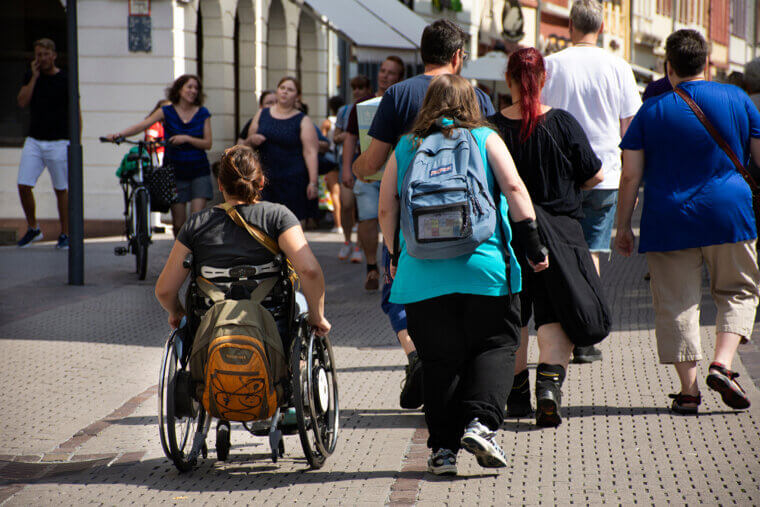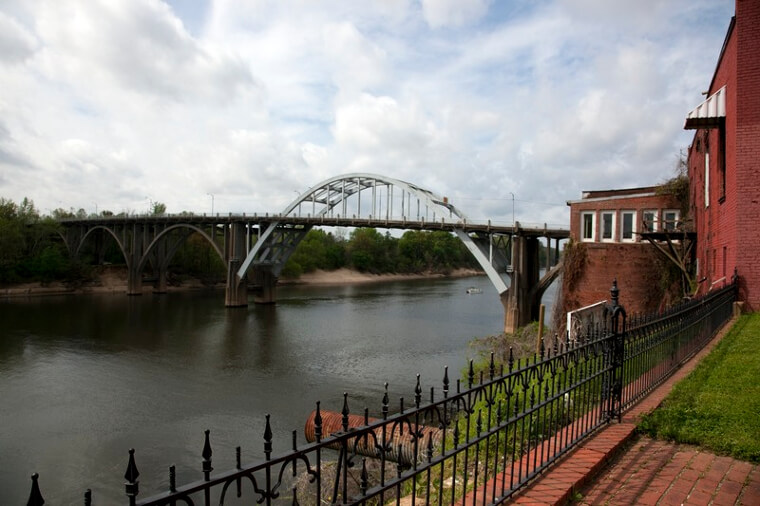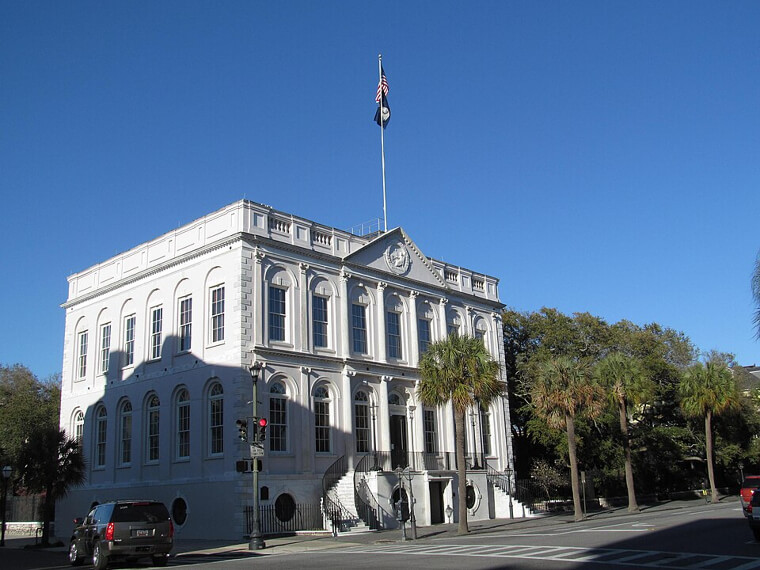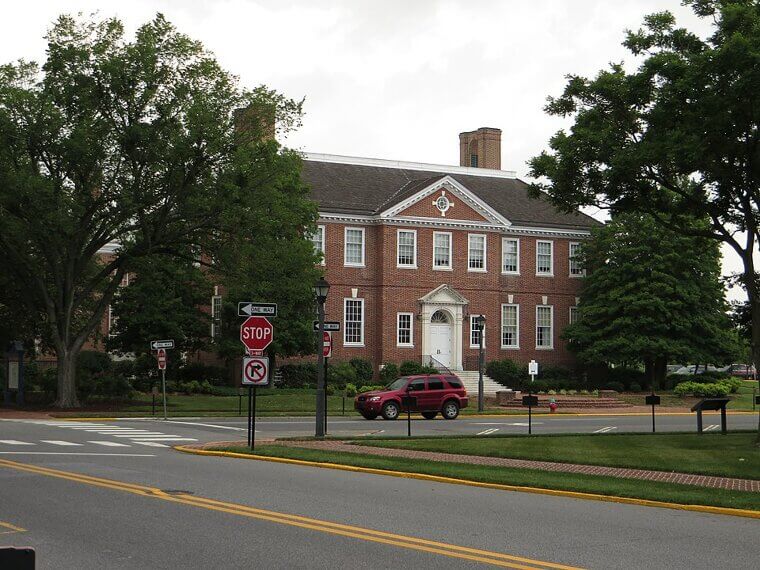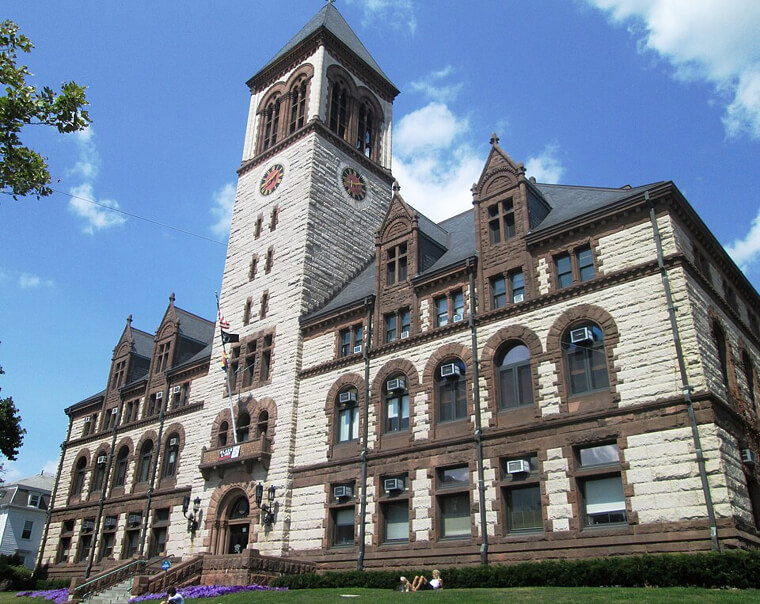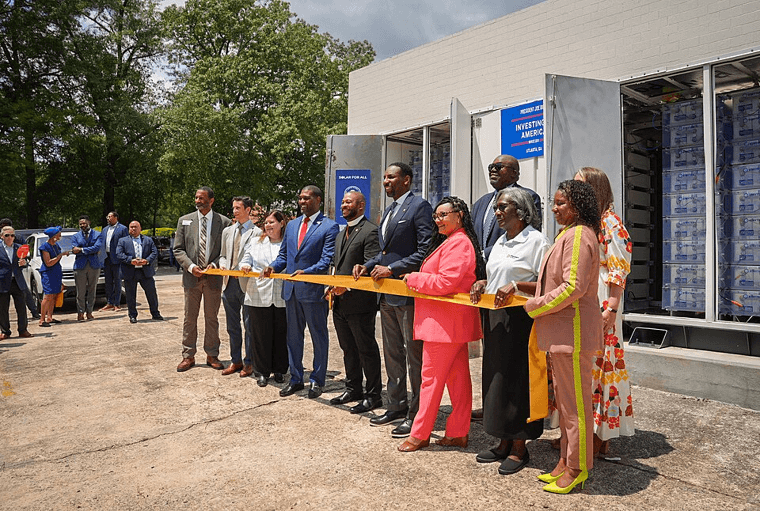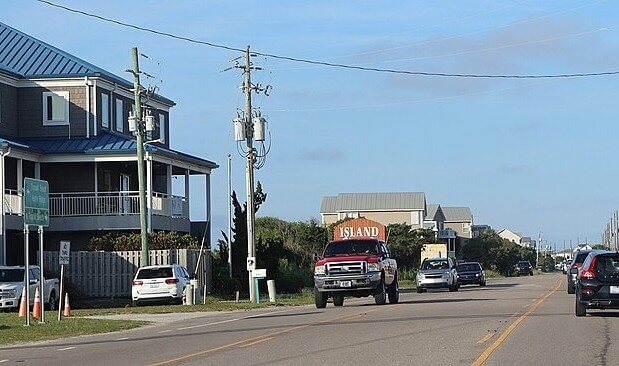Diabetes Is on the Rise
According to the CDC, 38.4 million people in the United States have diabetes. An additional 8.7 million cases of diabetes remain undiagnosed, and 97.6 million Americans are pre-diabetic. But diabetes rates vary vastly across state lines. Here are the states with the highest (and lowest) diabetes rates.
Highest - West Virginia (18.2%)
West Virginia has both the highest diabetes rate and the highest death rate from diabetes in the United States. A combination of high obesity rates, physical inactivity, and limited access to quality healthcare is costing the state around $3.7 billion annually in diabetes-related medical expenses.
Highest - Mississippi (17.0%)
Nearly 40% of adults in Mississippi are clinically obese, of which almost 350,000 adults suffer from diabetes. The disease is the eighth leading cause of death in the state and costs a combined $2.4 billion in medical expenses and lost productivity.
Lowest - Oregon (10.9%)
A resident of the Beaver State is 5% less likely to have diabetes than other Americans. From the days of the Oregon Trail, residents of the state have made ample use of their naturally occurring mountains and lakes to have an active, fitness-oriented lifestyle. This has contributed to the low rates of diabetes among Oregonian adults.
Lowest - Wyoming (10.8%)
The Wyoming Department of Health has created many preventative programs to tackle the national diabetes epidemic. This, combined with the residents’ participation in labour-intensive industries like agriculture, has led to residents of the state being 6% less likely to have diabetes compared to the average American.
Highest - Louisiana (16.1%)
The home of soul food and jazz is also home to one of the highest diabetes rates in the U.S. More than 500,000 adults in Louisiana have been diagnosed with the disease, and a diet high in saturated fats and low in vitamins, minerals, and lean protein is a major contributing factor to it.
Highest - Alabama (15.7%)
The “Heart of Dixie” is also home to some of the highest rates of diabetes in America. Lack of access to preventative healthcare, especially in the rural areas of Alabama, is one of the major reasons for such high rates of diabetes and related diseases in the state.
Lowest - New York (10.6%)
New York is the third richest state in the U.S., allowing it to invest in a robust public health system that has made diabetes prevention a top priority. As a result of this, New-York residents are 8% less likely to be diabetic compared to the average American.
Lowest - Nebraska (10.6%)
Most residents of Nebraska work in agriculture, specifically corn production. This means that they have an active, labor-intensive lifestyle. This has led to the state having diabetes prevalence rates lower than the national average. The average Nebraska-native is 8% less likely to be diabetic compared to other Americans.
Highest - South Carolina (14.9%)
Over two-thirds of adults in South Carolina are overweight or obese. 14.9% of the residents of the Palmetto State are diabetic. This number is significantly higher among non-white communities, with black South Carolinians being 2.5 times more likely to be diagnosed with the disease.
Highest - Arkansas (14.5%)
About 19,000 adults are diagnosed with diabetes every year in Arkansas, with more than 350,000 residents currently suffering from the disease. Every year, the state loses about $1.9 billion in lost productivity. The situation is worse in rural Arkansas because of the lack of access to proper preventative healthcare.
Lowest - New Jersey (10.5%)
The Garden State has actively invested in making diabetes prevention a focus of its public health system. The state also has initiatives targeting community-specific causes for diabetes, leading to low diabetes rates across community lines.
Lowest - Minnesota (10.5%)
Minnesota has the 12th-lowest diabetes prevalence rate in the country, owing to the cultural norms in the state. Minnesotans usually lead an active lifestyle, with winter sports being a common recreational activity among families. This, combined with healthy eating habits, makes Minnesota a relatively diabetes-free state.
Highest - Tennessee (14.5%)
The home of country music and the Great Smoky Mountains has one of the highest rates of diabetes-related deaths in the U.S. A significant contributor to this is the state’s obesity epidemic, with 38.9% of Tennessee residents being obese.
Highest - Delaware (13.3%)
Delaware has seen an unprecedented increase in the number of diabetes cases. Since 1991, the number of diabetic adults in the state has tripled, causing an acute epidemic. Thankfully, initiatives such as the State Health Improvement Plan have helped reduce the economic burden of the disease on Delaware’s economy.
Lowest - Connecticut (9.9%)
Connecticut’s Department of Health regularly collaborates with local organisations to launch initiatives to tackle diabetes. This, combined with the active lifestyle of Connecticut natives, means that an average resident is 14% less likely to be diagnosed compared to other Americans.
Lowest - New Hampshire (9.8%)
The Granite State is a hub for mining and related activities. These labor-intensive industries have led to natives having an active lifestyle. The average New Hampshire resident is 15% less likely to be diabetic than others in the country.
Highest - Indiana (13.2%)
At 13.2%, Indiana ranks 10th highest in the country when it comes to diabetes prevalence. The Hoosier State is one of the worst-affected by the national diabetes epidemic. A major cause for this is the poor diet and sedentary lifestyles of residents.
Highest - Ohio (13.2%)
Tied with Indiana at number 10, diabetes costs the state of Ohio about $12.3 billion in medical expenses and lost productivity. In fact, in southeastern Ohio, nearly 20% of all adults suffer from the disease, nearly double the national average.
Lowest - Massachusetts (9.8%)
Massachusetts is regularly ranked among the wealthiest states in the U.S., allowing citizens access to a very effective public health system. Notably, Massachusetts has state-sponsored community health centres which educate about and help manage diabetes and related diseases.
Lowest - Idaho (9.6%)
Another significant mining state, Idaho residents have jobs and lifestyles that demand a lot of physical activity. This has led to significantly lower obesity and diabetes rates compared to the national average.
Highest - Georgia (12.7%)
37% of all Georgians are obese. This high rate of obesity, combined with limited access to preventative healthcare and food insecurity, has put Georgia among the top 20 states when it comes to diabetes prevalence.
Highest - Texas (12.7%)
Even though Texas has a high rate of diabetes prevalence, the situation is especially dire in the Rio Grande Valley region. Nearly one in four adults who live in this region is diabetic. Notably, McAllen, Texas, a city in the RGV, has the most severe weight-related issues in the United States.
Lowest - Washington (9.6%)
The home of the Seattle Mariners has one of the lowest diabetes prevalence rates in the country. One of the biggest reasons for this is that the state collaborates with educational institutions, implementing programs to curb student diabetes. The average Washington resident is 17% less likely to be diabetic.
Lowest - North Dakota (9.5%)
North Dakota has only about 50.000 diagnosed cases of diabetes. This is a result of the state’s inter-departmental efforts to reduce diabetes and spread awareness about the condition, especially among students and young people.
Highest - Florida (12.5%)
Over 2.3 million Floridians are currently battling diabetes. If you are a Florida native with an annual income of less than $25,000, you are about twice as likely to be diagnosed with the disease. Luckily, Florida is one of the states investing in community initiatives to increase awareness and provide preventative care.
Highest - New Mexico (12.5%)
About 12,500 residents of New Mexico get diagnosed with diabetes every year, putting their diabetes prevalence rate well above the national average. The disease is more common among Hispanic communities, with them making up about 15% of all diabetes cases in the state.
Lowest - Montana (9.4%)
Hunting, fishing, skiing, and camping are all popular recreational activities among Montana residents. The culture of the state prioritises an active lifestyle. This has significantly contributed to the low diabetes prevalence among Montana natives. All in all, Montana has the 5th lowest diabetes rate in the country.
Lowest - Vermont (9.3%)
Although maple syrup is a primary export of Vermont, natives typically don’t have a high-sugar diet. This makes the state among the lowest in terms of diabetes prevalence. Vermont currently has only about 50,000 active cases and 14,000 undiagnosed cases.
Highest - Oklahoma (12.4%)
The Sooner State’s diabetes prevalence rate is only slightly higher than the national average of 11.6%. Factors such as a high-calorie, low-nutrient diet and sedentary lifestyles contribute to this spike in the region. On average, a resident of Oklahoma is 15% more likely to be diabetic compared to the average American.
Highest - North Carolina (12.4%)
High obesity rates and limited availability of quality healthcare in the Appalachian region mean that North Carolinians are 18% more likely to be diabetic compared to the rest of the country. The state spends more than $13 billion annually on diabetes-related costs, making it a major source of economic drain.
Lowest - Alaska (8.7%)
Alaskans typically have a traditional diet rich in vitamins, good fats, and proteins. This, combined with an active lifestyle, gives the state one of the lowest prevalence rates in America. An Alaskan native is 24% less likely to have diabetes compared to the rest of the country.
Lowest - Colorado (8.6%)
Colorado has the second-lowest diabetes prevalence rate in the U.S., with only about 300,000 current cases. This is because of a combination of an active lifestyle and diets low in carbohydrates, sugars, and saturated fats.
Highest - Michigan (12.4%)
Michigan currently has about 1 million diabetic residents, with an additional 2.7 million being pre-diabetic. These numbers make the state the 17th highest in terms of diabetes prevalence. Although measures are being taken to combat these statistics, the results have been slow.
Lowest - Utah (7.8%)
Utah is the home of Mormonism and is significantly shaped by the teachings of the church. This has led to a culture that values active efforts for self-improvement, including maintaining a healthy physical body. This is one of the biggest reasons why the state has the lowest diabetes prevalence rate in the country.

